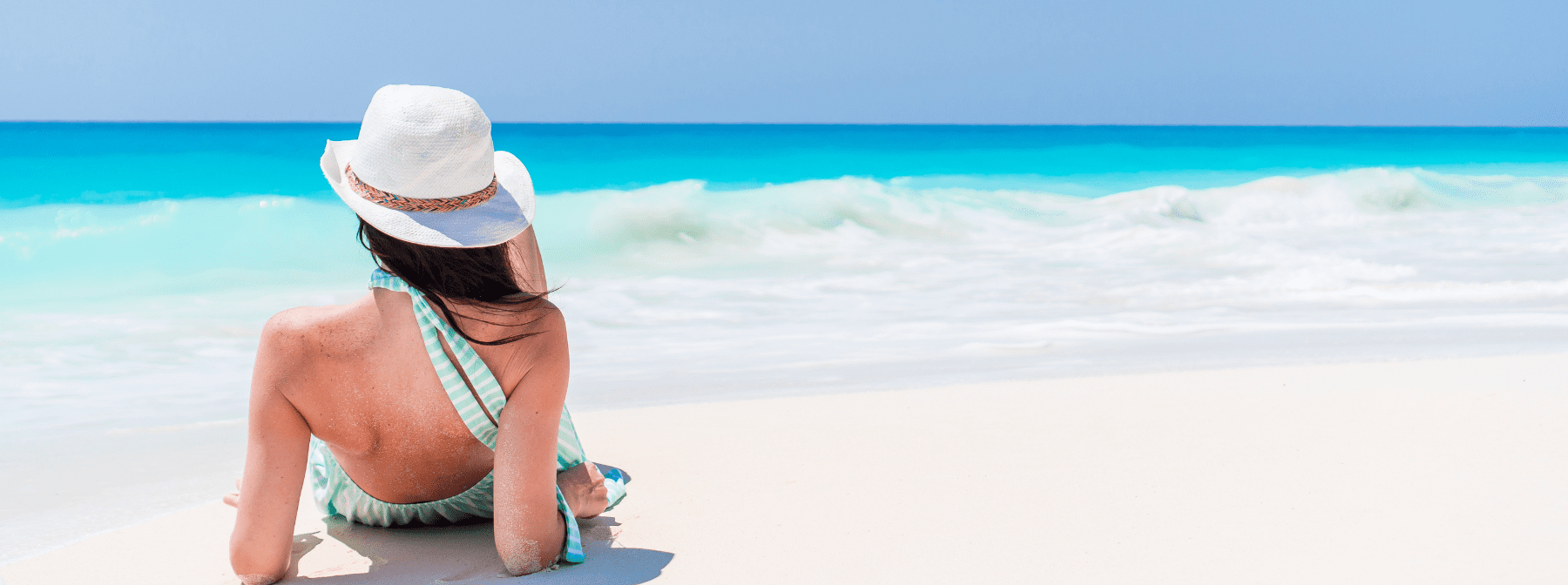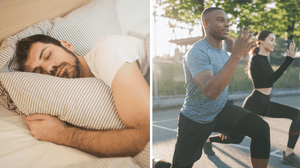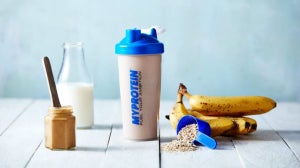
We're on the cusp of summer, and that means in states across the US people have begun to enjoy the sunny days coming our way. After all, a huge part of summer is spending time outdoors in the beautiful weather, and during this season we all tend to get plenty of sunlight. Sunlight has many health benefits including providing Vitamin D, stabilizing your circadian rhythms, and regulating the production of melatonin. But while beneficial for our health, the sun's UV (ultraviolet) rays are very powerful, and exposure to them without protection can have the opposite effect and actually be detrimental to our health and skin. Let's see why you should wear SPF if you plan on spending time in the sun, the different kinds of sunscreen available, and which products to avoid this summer.
Why SPF is Important
When you buy any sunscreen, and also various cosmetic products, you'll see SPF on the label with a number next to it, like SPF 30. But what does this actually mean and why do we need it?
SPF stands for Sun Protection Factor and is a measurement of how much of the sun's energy or UV radiation is needed to produce sunburn on protected vs. unprotected skin. So, the SPF numbers are essentially a ranking of the intensity of the sun's energy. This means that the higher the SPF number, the more protection you have against the sun as it will protect against a higher amount of energy or intensity.
You may be wondering, if the sun's rays are damaging, why don't we have natural protection against them? Well, we do. Earth's atmosphere has a built-in protective layer that blocks damaging UV rays, called the Ozone layer. But due to ozone depletion, which has been an ongoing phenomenon in our environment, we are left unprotected from the sun's harmful rays. According to the US Environmental Protection Agency, unprotected or too much exposure to UV radiation can cause conditions like premature aging, eye damage, immune system suppression, and even the development of skin cancer.
The best way to protect yourself against UV damage from the sun is by using SPF. According to The American Academy of Dermatology Association, dermatologists recommend using sunscreen with an SPF of at least 30, which will block 97% of the sun's UVB rays.
The Different Types of Sunscreen
So, we know that wearing sunscreen is important, but there are so many different types out there. Which one should you be using? Let's see what the difference is between the types of sunscreen. There are two main types of sunscreen that you'll find on store shelves: physical or "natural" sunscreen and chemical sunscreen. Physical sunscreens contain active ingredients like zinc oxide and titanium dioxide— which are naturally occurring minerals. These minerals work to protect your skin by sitting on the surface of the skin and acting as a mirror, reflecting dangerous UVB rays off of your skin. Chemical sunscreens are a bit different and contain active ingredients like avobenzone and oxybenzone, which are man-made chemicals that protect the skin by absorbing UV radiation and releasing it as heat.
Aside from how they work, there are a few major differences between physical and chemical sunscreen:
- The active ingredients in natural sunscreen, zinc oxide and titanium dioxide, have been approved as safe by the US Food & Drug Administration. While the active ingredients in chemical sunscreen, like avobenzone and oxybenzone, have not yet been approved for safety by the organization due to a lack of data on these chemicals.
- Chemical sunscreen has a significantly greater impact on the environment than natural sunscreen does as it threatens coral reefs and marine ecosystems.
- Natural sunscreen does not absorb into the skin while chemical sunscreen does.
In recent years, certain active ingredients in chemical sunscreen, like oxybenzone, have been linked to hormone disruption, but as of now, there is no conclusive evidence to demonstrate this effect in humans.
Chemical sunscreens are still widely in use in the US today, and for those concerned with their potential risk, you can opt for mineral sunscreen instead.
Use the Environmental Working Group's Guide to Sunscreens to find a chemical-free sunscreen.
Sunscreens to Avoid
Over the years, there has been a significant amount of sunscreens sold in stores all over the US that have been recalled. The FDA continuously releases new updates about which sunscreens are currently recalled. Many chemical sunscreens or products containing SPF from brands like Coppertone, and most recently Banana Boat, have been recalled. See which major-brand sunscreens have been recalled in recent years here.
SPF & Sunlight Recommendations
The American Academy of Dermatology (AAD) advises to wear SPF with the following:
- Broad-spectrum protection (protects against UVA and UVB rays)
- SPF 30 or higher
- Water resistance
In addition to wearing sunscreen, the AAD also recommends:
- Avoiding sunlight from 10:00 AM to 2:00 PM as rays are the strongest at this time
- Wearing sun-protective clothing
- Avoiding tanning beds
- Being extra careful around water, snow, and sand because they reflect the sun's rays
Take Home Message
We all love getting some sun, but like all things, it's best in moderation. Wearing sunscreen is a simple way to protect yourself from potential damage while still spending time outdoors this summer. So have fun and hit the sand and surf, just remember to wear your SPF.
Want more summer tips?READ THESE NEXT:

Staying Fit on Summer Vacation
Going away doesn't mean you have to fall off course.

Hiking Season: Top Spots in the US + Travel Tips
Hiking season is here and we're taking a look at some of the top hiking spots in the US.

Fall Asleep Faster In Hot Weather With These 10 Tips
Stop tossing and turning—do this instead.

A Rutgers University Honors graduate, Jamie grew up on the Jersey shore and double majored in Comparative Literature and Anthropology in college. Jamie is an experienced writer in the health and wellness, biotech, and eCommerce fields. She loves writing with a purpose and has even written for the Department of Justice.
Jamie became drawn to exercise during her time in university and began to notice the physical and mental benefits of moving your body daily. Today, Jamie enjoys Pilates, light weight training, and going on long walks in nature daily.
Jamie is also passionate about eating right and prioritizing gut health and immunity. She is always trying the next innovation in health and wellness. When she’s not writing articles, Jamie enjoys reading, playing guitar, and finding dogs to play with.







